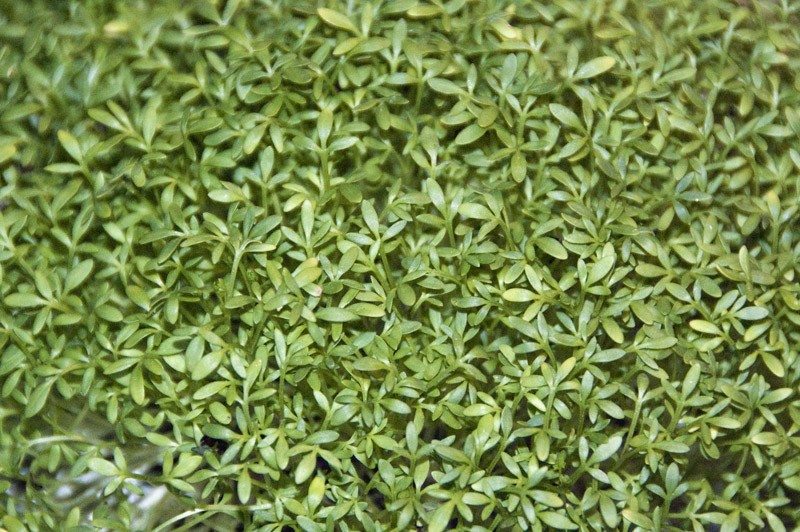Growing Garden Cress Plant: What Does Garden Cress Look Like

Looking for something a little different to plant in the vegetable garden this year? Why not look into growing garden cress plant (Lepidium sativum)? Garden cress vegetables require very little in the way of planting and care for garden cress plants is easy.
What Does Garden Cress Look Like?
Garden cress vegetables are interesting perennial mounding plants that came to the United States from China. Known also as Marathi or halim, garden cress is fast-growing and used as a leafy vegetable in salads or as a garnish. The plant can grow to 2 feet (0.5 m.) in height and produces white or light pink flowers and tiny seedpods. The bottom of the stem has long leaves and feather-like leaves are on opposite sides of the upper stalk. Both the leaves and stems of the garden cress plant can be eaten raw or in sandwiches, soups, or salads and are sometimes referred to as cress sprouts. These nutrient-dense plants have vitamin A, D, and folate. Popular varieties include wrinkled, crinkled, Persian, crumpled, and curly types.
Growing Garden Cress
Seed plant garden cress by randomly scattering or placing them in rows. Garden cress requires organic-rich soil and full sun in order to thrive. The seeds should be planted ¼ to ½-inch (1 to 1.5 cm.) deep. Rows should be placed 3-4 inches (7.5 to 10 cm.) apart. Once the plants emerge, it is best to thin them 8-12 inches (20.5 to 30.5 cm.) apart. Re-sowing every two weeks will ensure a continual supply of these fresh greens. When the leaves reach 2 inches (5 cm.) long, they can be harvested. If you are short on space, grow garden cress in containers or hanging baskets.
How to Care for Garden Cress Plants
- Garden cress plant care is relatively easy as long as the soil is kept evenly moist.
- It's only necessary to fertilize periodically with a soluble liquid fertilizer.
- Weeds should be controlled during the first month while the plant is establishing. Use organic mulch, straw, shredded newspaper, or grass clippings to protect plants and retain moisture.
Sign up for the Gardening Know How newsletter today and receive a free copy of our e-book "How to Grow Delicious Tomatoes".